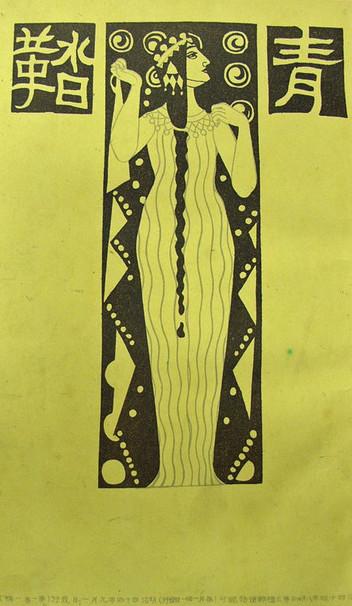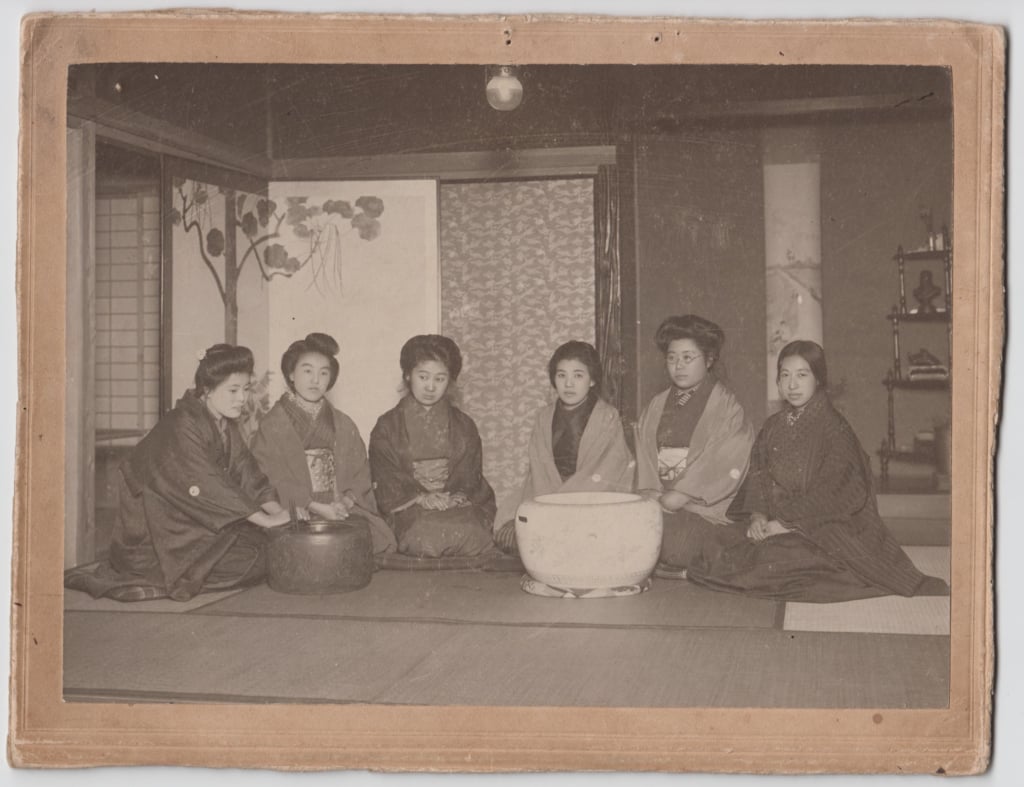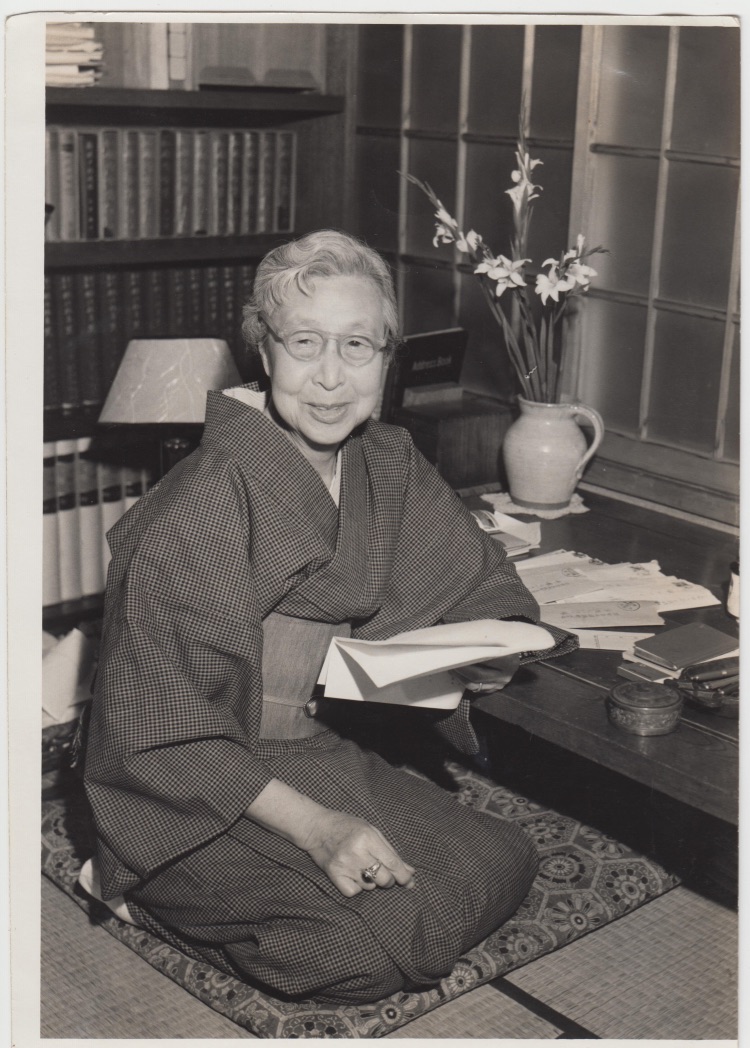‘Seito’, the First Japanese Feminist Magazine
A pioneer in defending women's rights in Japan, this magazine allowed the public to debate topics like free sexuality and abortion.

First issue of the magazine ‘Seito.’ The cover was designed by Chieko Naganuma. Courtesy of Okumura Naofumi.
Contemporary Japanese feminism can be linked to Seito, a magazine considered as feminist but not described as such by its creators, published on the first of every month from 1911 until 1916. The magazine initially focused on feminine literature, but its orientation gradually changed to embrace the themes of women’s liberation and gender equality. Seito, its name inspired by the Bluestockings movement in England, became the forum for debate on topics as modern as oppression caused by patriarchal institutions and the demystification of family and sexuality. Rather than having a political aim, its ambition was for women to become aware of their rights.
Success beyond intellectual circles
The first issue was released in September 1911, edited by Raicho Hiratsuka, with a team of four other writers having all graduated from Japan Women’s University. Seito’s contributors included poet and women’s rights activist Akiko Yosano and novelist Nobuko Yoshiya. Such prominent writers allowed the magazine to enjoy a good reputation, especially with intellectuals, and to widen its audience across the country, to women hungry for change in the highly prescriptive context of the late Meiji era.
The magazine was monitored closely by the Japanese Interior Ministry, because it contravened the 1900 Peace Preservation Law that forbade any criticism of the system in place. This monitoring led to the censorship of two issues. In 1915, Raicho Hiratsuka passed the role of editor of Seito on to anarchist Noe Ito. The latter expressed various thoughts on abortion, free love, and prostitution in the magazine. However, the old members began to move away from the publication, and Noe Ito decided to conclude this venture a year later in February 1916.
Nevertheless, Seito’s heritage is still asserted today by women’s rights activists, who regularly use images printed in the magazine over a century ago to get their messages across.

Members of ‘Seito’ around the time of the first publication. Raicho Hiratsuka is on the far right side. Courtesy of Okumura Naofumi.

Members of ‘Seito’ two or three years after the first issue. Raicho Hiratsuka is second from the right. Chieko Naganuma is sitting at the centre. Courtesy of Okumura Naofumi.

Portrait of Raicho Hiratsuka. Courtesy of Okumura Naofumi.
TRENDING
-
A House from the Taisho Era Reveals Its Secrets
While visiting an abandoned building, Hamish Campbell discovered photographs the owner had taken of the place in the 1920s.

-
The Taboo-Breaking Erotica of Toshio Saeki
The master of the 1970s Japanese avant-garde reimagined his most iconic artworks for a limited box set with silkscreen artist Fumie Taniyama.

-
With Meisa Fujishiro, Tokyo's Nudes Stand Tall
In the series 'Sketches of Tokyo', the photographer revisits the genre by bringing it face to face with the capital's architecture.

-
Masahisa Fukase's Family Portraits
In his series ‘Family’, the photographer compiles surprising photos in which he questions death, the inescapable.

-
Hajime Sorayama's Futuristic Eroticism
The illustrator is the pioneer for a form of hyperrealism that combines sensuality and technology and depicts sexualised robots.





